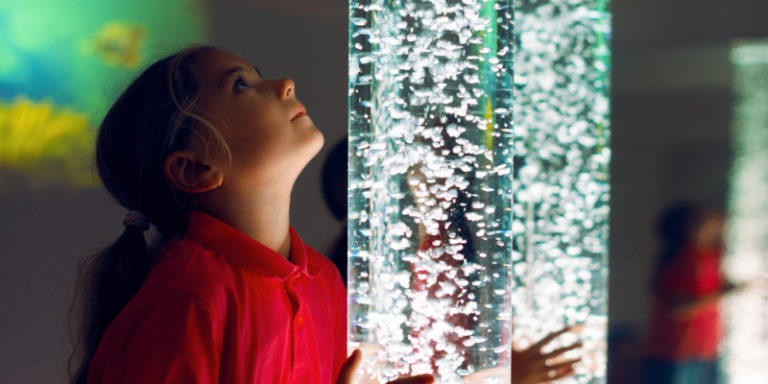Project Based Learning And Your Gifted Child: A Guide For Parents
This series is all about equipping our kids for the future with a sense of wonder, adventure, joy and encouragement. Today’s topic is a discussion around project based learning – what project based learning really is, plus resources and ideas for how to incorporate it into your homeschool. What Is Project Based Learning?…





